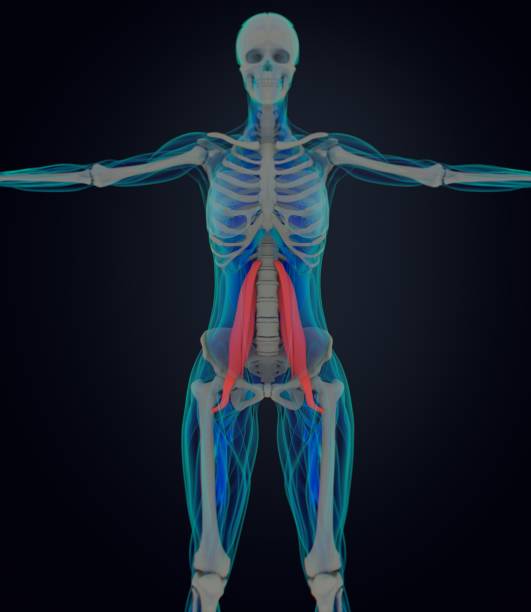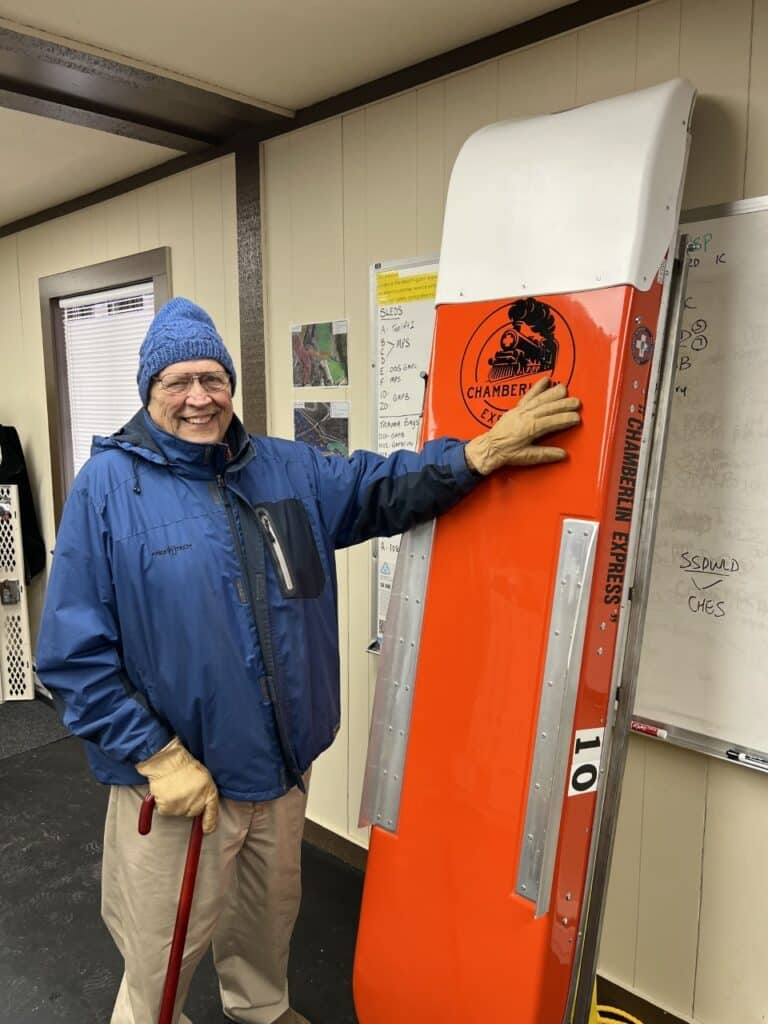The psoas muscle – this nasty muscle is really hard to deal with when it’s been tweaked. If you don’t take care of it, it can totally debilitate the way the hip rotates.
I currently have three massage clients who are being tortured by this very muscle. They are in all different stages of “tweakedness”, so it’s especially nice to become so intimate with it. What’s even better is that just last week I rid myself of this terrible pain by contorting myself into specific stretches and mashing hard objects into my abdomen where the beast dwells.
The psoas starts in the lower back, attached to several of the very lower (lumbar) vertebrae. It’s the only muscle in the body that spans from back to front. It is also one of the largest muscles. It goes through the abdomen and attaches to the inside of the thigh bone. Every time you sit or stand your psoas muscle is working. It mainly flexes the leg forward.
To work on this muscle, I pretty much have to dig into the person’s abdomen until I reach their spine. It requires a lot of breathing on the client’s part. It tickles at first, but then it is just entirely not funny.
Psoas is an important core muscle, used a lot by cyclists and runners, because it lifts the knees forward and up. Constant contraction of this muscle can cause it to become sore, and the muscle can actually shorten in people who sit for long periods of time.
And I’ve got news for you—it can shorten over time if you don’t deal with it as soon as it starts hurting. The pain will be throughout your hip, lower back, and inner thigh. Range of motion in the hip can be totally debilitated. The pain can be really hard to pinpoint. If that happens, you will be unable to rotate your knee out, lift your knee forward, or stand up straight without pain.
If you think you are a likely candidate for this muscle to become permanently contracted, begin a series of stretches on a regular basis. If you instead decide to let it go and then see a surgeon, this is what you have to look forward to:
“…surgery to reduce ongoing hip destruction associated with chronic psoas tension…which can elicit an intestinal shutdown lasting from minutes to several days, requiring IV feedings while the reflex subsides. The deep nature of the surgery, near the bladder and in the pelvic floor, requires post-op pain management and anti-spasm medication. In most cases additional muscle surgeries are done to deal with other paralytic imbalances…and can contribute to spastic scoliosis in the lumbar area.” More information here.
If it just started hurting, do the stretches night and day, go to yoga, and get an appointment with a sports massage therapist.
Psoas Stretches
Stretch A:
1. Kneel down with a straight back and toes tucked under.
2. Arch back, reaching behind you for your heels.
3. Look at the ceiling, or behind you if you can.
4. Push your hips forward as if you are pushing them against a wall in front of you.
Stretch B:
1. Lie on your back with your legs hanging off the end of the table/bed (The edge of the bed should hit you just below your bum).
2. On the good side, pull your knee toward your chest, allowing the affected side to stretch.
Stretch C:
1. Lunge with the affected leg behind you.
2. On the same side as the sore psoas, reach your arm above your head, arching backward as far as you can.








